Tending the fire, rural living in Anatolia
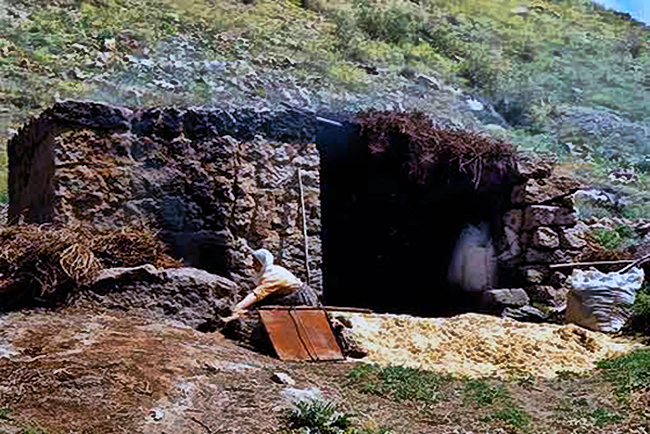
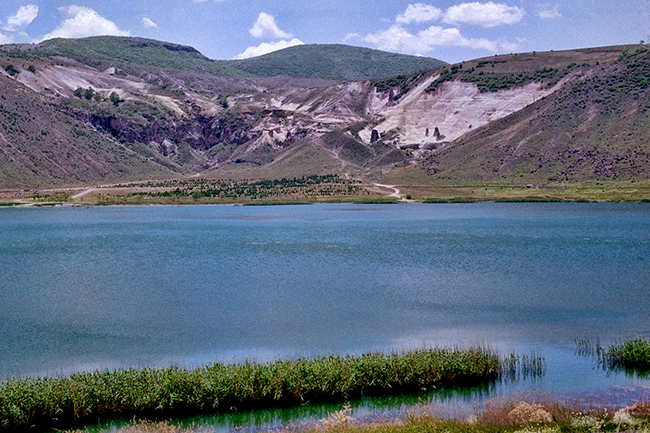
Out And About With Ibrahim
| Greece and Turkey Map | Home | Page 4 of 6 | Page Up | Page Down |
Gollu Dag Mountain
|
|
Tending the fire, rural living in Anatolia
|
Gollu Dag Lake
|
|
|
|
|
Kaymakli Underground City
|
|
|
|
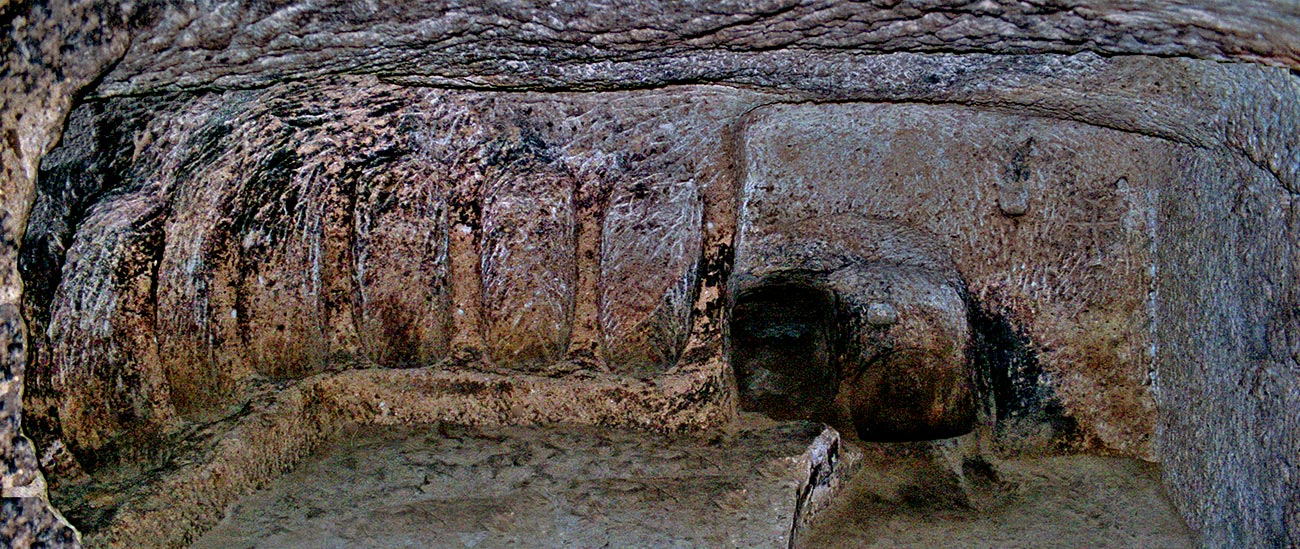
|
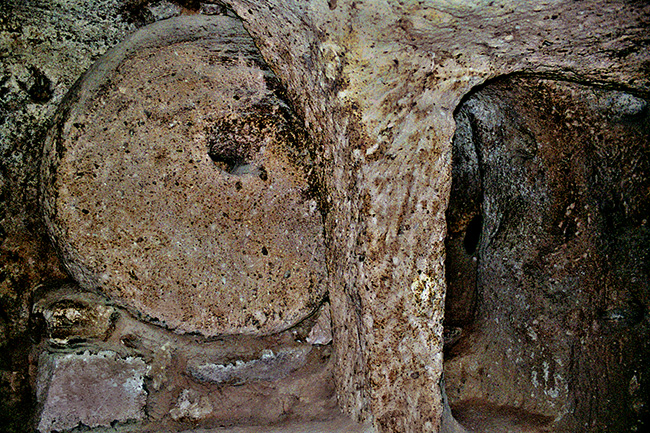 |
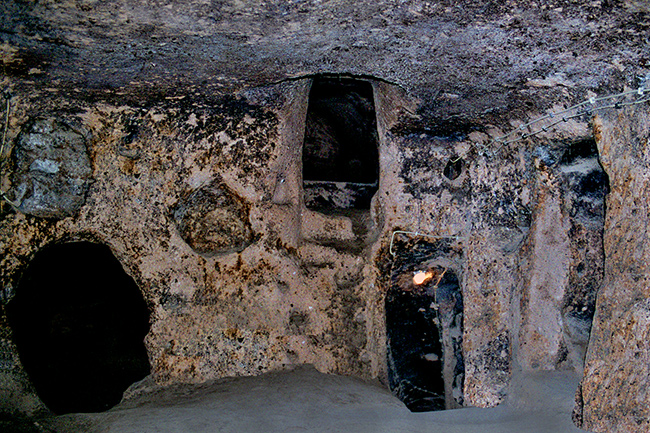 |
Large rooms such as this one are supported on pillars, All this achieved without modern engineering knowledge, hand tools, or electricity
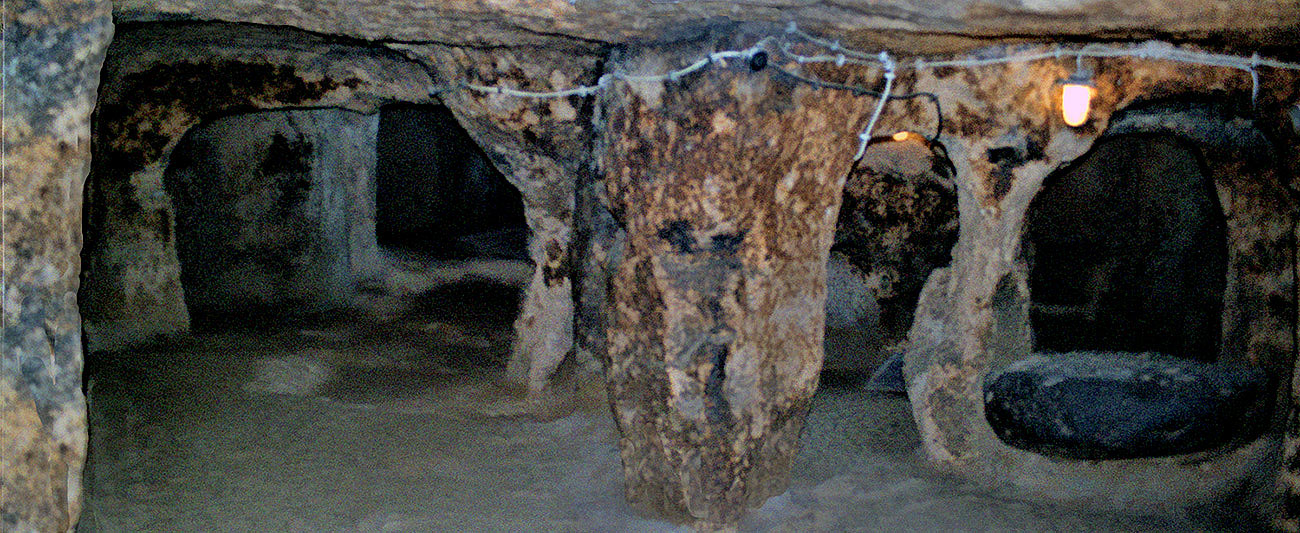
|
|
|
|
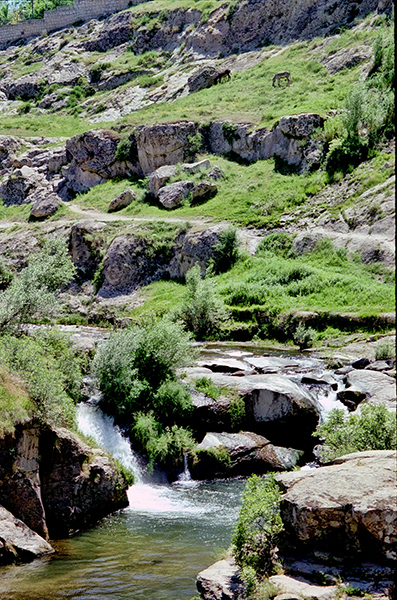 |
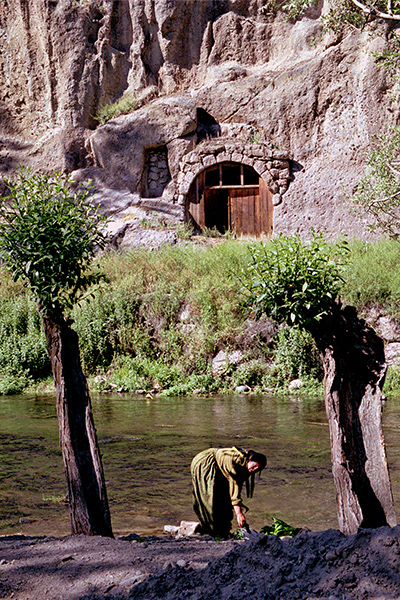 |
|
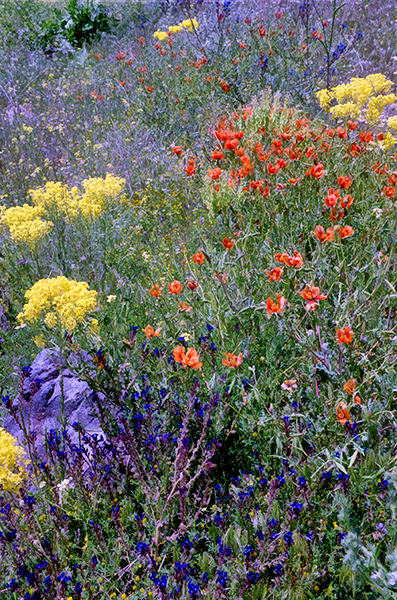 |
Nothing says
'spring like a field of wild flowers and lambs
|
|
|
Most of the
murals are in poor condition but it is still possible to make out
biblical scenes
I can see the last supper and the flight into Egypt, on another the crucifixion |
| I think this
is the Snaked church and a recent search showed signs of restoration
|
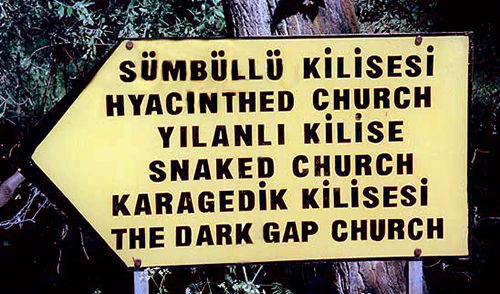
|
We exited at Belisrma where the ever patient Ibrahim was waiting in the accessible car park |
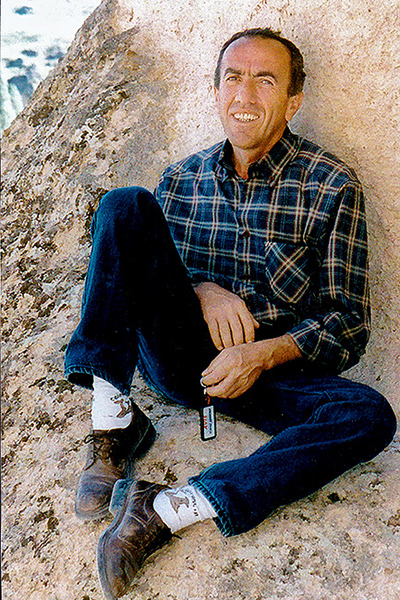 |
| Greece and Turkey Map | Home | Page 4 of 6 | Page Up | Page Down |